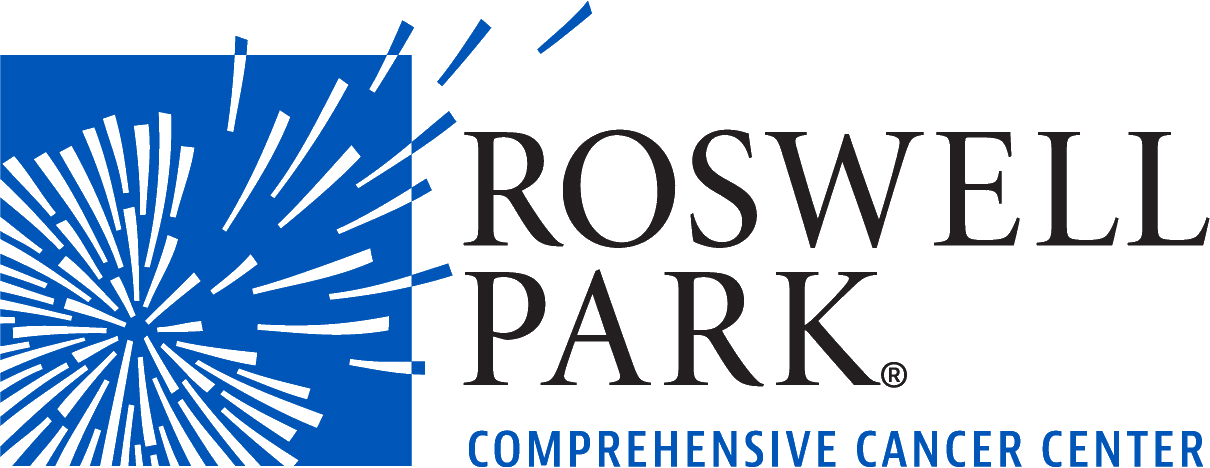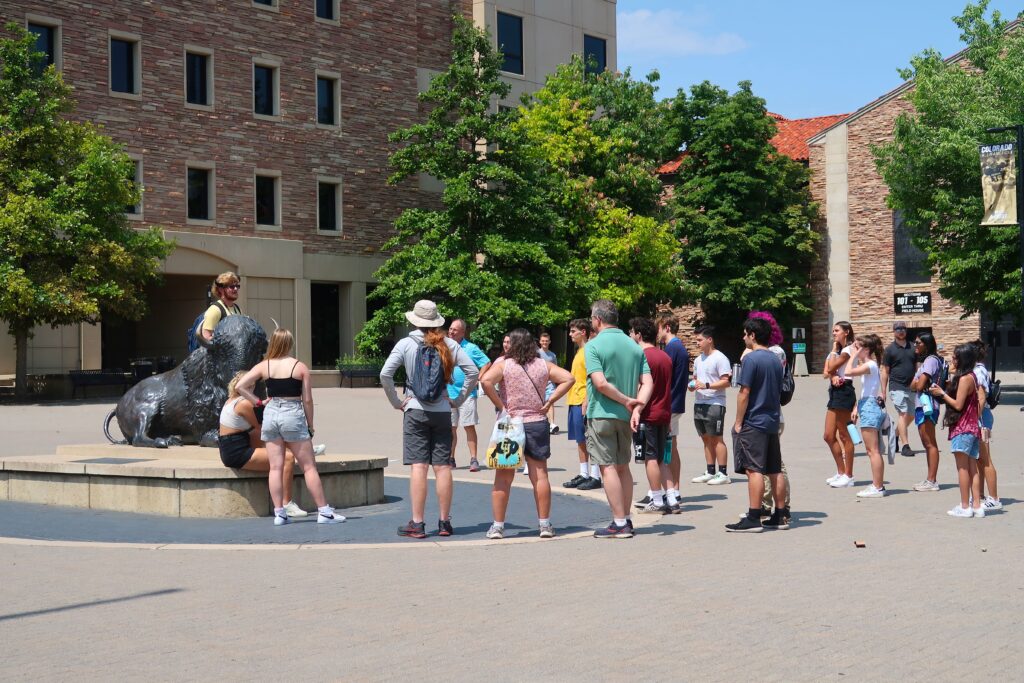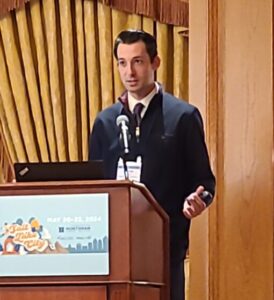We’re proud to announce that this year at NACCDO-PAMN, our partner, Roswell Park Comprehensive Cancer Center, won first place in two award categories offered by Public Affairs and Marketing Network (PAMN); Survivorship Event and Physician-to-Physician.
Before the Project
Roswell Park was the first institution worldwide to focus exclusively on cancer research. They offer a wide range of treatments and services, from immunotherapy and clinical trials to working with the community in Buffalo, New York, for cancer screenings.
However, in the past, the depth of research conducted by scientists at Roswell Park wasn’t always made apparent by the website itself. Before this project, scientific content would be posted somewhat randomly, with no cohesive style guide or organizational framework. It was hard for grant reviewers, peers, and prospective trainees to find exactly what they were looking for.
Around 2012, the Department of Immunology wanted to give their scientists lab pages to showcase their work. At the time, the marketing team was small, and it wasn’t always easy to maintain these pages. What resulted was text-heavy and unwieldy, with no uniform style. There wasn’t a place to highlight these sites or cross-promote other content related to the lab. The whole research lab section went dormant in a matter of years.
Senior Digital Content Coordinator, Alexander Szczesny, knew there had to be a change. But first, he had to assemble a team.
Stage 1: Finding Collaborators
Stamats had experience in both healthcare and higher education content, making us a perfect fit for Roswell Park’s new project to overhaul its research content and strengthen its presence in higher ed. Stamats received the contract in early 2020 and was set to begin the project by meeting with leaders and stakeholders in Buffalo.
According to Lisa Starkey-Wood, an account executive at Stamats, “The goal of the lab website is to showcase Roswell Park’s position as a world-class research institution. Roswell is doing amazing things and having the opportunity to work on the lab websites makes us feel like we get to be just a small part of what they are doing.”
Secure in their partnership, Stamats and Roswell Park set out to create a meaningful web experience. But of course, things did not go as expected. Mere weeks before the meetings were set to take place, COVID-19 hit—and everything changed.
Stage 2: Building Remotely
In 2020, Stamats overhauled Roswell Park’s educational programs by working remotely with stakeholders, even through the COVID-19 pandemic. In 2021, Stamats and Roswell Park’s marketing team continued work on 10 research departments, five Cancer Center Support Grant (CCSG) programs, and smaller research groups and pages. Then in 2022, the focus shifted to the lab pages after the other sections launched.
After completing work on the first two labs in March/April 2022, Stamats and Roswell Park identified the first round of lab sites to focus on. Together, they identified principal investigators (PIs) who receive external funding and publish frequently, as well as researchers who’d already set up external websites. Even though these independent sites posed a legal liability to Roswell Park, it showed that the PIs were interested in creating content.
To set the stage for the lab sites, Stamats analyzed competitors and decided on a primary, secondary, and tertiary audience. Stamats chose a tone and voice that matched Roswell’s brand goals. Roswell’s web team then created visual templates for the lab’s landing pages. Stamats interviewed PIs to create content for each of the labs. Finally, it was time to publish the lab sites for the public.
Stage 3: Deploying the Lab Sites
Now, the lab sites were available on the websites for the public. Keeping the research front and center was the primary focus of each lab site. There were also impactful callouts that allowed Roswell to highlight important studies, releases, and quotes. Roswell Park also created a process for cross promotion, interlinking relevant content on each page to bolster the website as a whole. Finally, Roswell featured their latest press releases on their site to showcase cutting-edge updates and news stories. What emerged was a synchronized and organized series of lab pages that showcased the work while remaining visually appealing.
Next, it was time to expand the project. Phase 2 of the lab project involved creating content for 15 more PIs from across the research departments, while Phase 3 involved an additional 15 PIs. At the time of this writing, Stamats and Roswell have published lab pages with department heads, senior researchers, and even Roswell Park’s Deputy Director/Chair of the Department of Medicine. Each quarter content owners review their pages and make edits so that all content is up to date. Since launching the project in April 2022, the lab pages have received 34,881 total page views. Roswell’s most viewed lab sits at nearly 4,000 page views. Most labs average around 100 views/month. Together, Stamats and Roswell Park have worked hard to create and maintain these lab pages. According to Jennifer Panaro, department administrator of the Department of Cancer Genetics and Genomics and Molecular and Cellular Biology at Roswell Park, “the work that Stamats and our Roswell Park Marketing Team have accomplished will provide opportunities for new collaborations and support for future grant funding for years to come.”
Spotlight on Survivorship
In addition to winning the Physician-to-Physician award, Roswell Park won the Survivorship award for Chapter 2: A Cancer Survivor’s Workshop.
In this workshop, cancer survivors attended sessions focusing on physical and mental health, from acupuncture to mindfulness to patient-doctor communication. As a kick-off for the workshop, keynote speaker, author Gina Vild, spoke about ways to cultivate resiliency.
Roswell Park Comprehensive Cancer Center was the only organization at NACCDO-PAMN to win two first-place awards this year. At Stamats, we’re so proud of our partners and grateful that we continue to have an opportunity to be part of their journey to improve cancer research and provide a haven for patients and survivors.
Shaking up your website can bring more patients, researchers, and funders to your door. Interested? Contact us for a personalized consultation on how you can transform your internet presence.
Related reading: How to Maximize Website Traffic with a Content Audit—and What to Do Next













